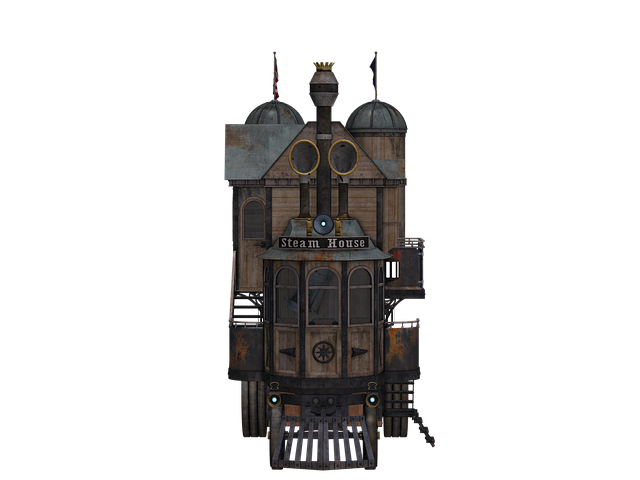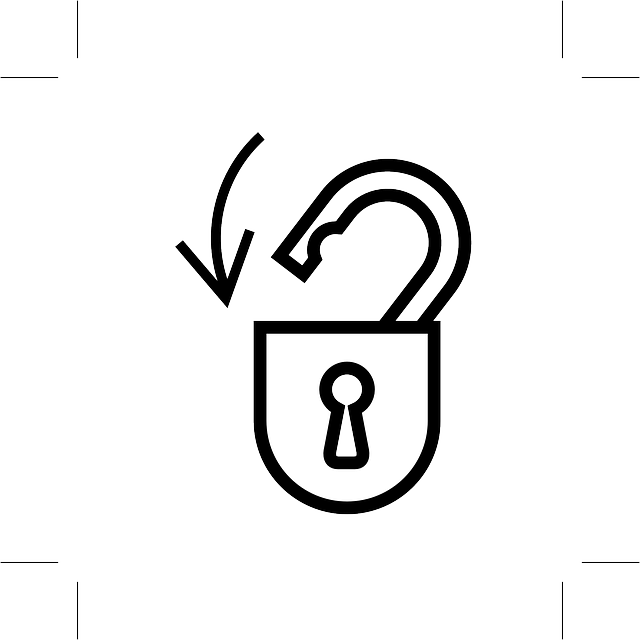In today's digital age, isolated homes face unique security challenges due to their remote locations. To address these concerns, 24/7 wireless surveillance systems with advanced motion sensors offer a revolutionary solution. These sensors detect unusual movements using passive infrared (PIR) technology and minimize false alarms by learning resident patterns. Homeowners can receive instant alerts on their smartphones from anywhere, fostering control over their isolated abodes. Implementing such a system requires assessing security needs, selecting reliable hardware, regular maintenance, and setting up automated rules through a user-friendly app.
In today’s world, ensuring the safety of isolated homes is paramount. With increasing instances of break-ins and the need for peace of mind, 24/7 wireless surveillance systems equipped with motion sensors for remote homes are gaining traction. This article delves into the growing importance of remote surveillance, exploring the technology behind motion sensors, their benefits, and providing a practical guide on implementing and maintaining these innovative security solutions for your home.
- Understanding the Need for Remote Surveillance
- Technology Behind Motion Sensors for Homes
- Benefits of 24/7 Wireless Surveillance
- Implementing and Maintaining a Remote Surveillance System
Understanding the Need for Remote Surveillance

In today’s digital era, isolated homes often face unique security challenges due to their remote locations. This is where 24/7 wireless surveillance systems step in as a game-changer. With advancements in technology, homeowners can now benefit from innovative solutions like motion sensors for remote homes, offering peace of mind and enhanced safety.
These sensors play a pivotal role in understanding the need for remote surveillance. They detect any unusual movement or activity around the property, allowing homeowners to respond swiftly to potential threats. By integrating these sensors into a comprehensive wireless network, residents can monitor their homes from anywhere, ensuring a proactive approach to security and fostering a sense of control over their isolated abode.
Technology Behind Motion Sensors for Homes

The technology behind motion sensors for remote homes has evolved significantly, offering homeowners advanced security solutions. These sensors are a cornerstone of 24/7 wireless surveillance systems, designed to detect and alert owners of any unauthorized entries or unusual activities. At the heart of their functionality lies passive infrared (PIR) technology, which utilizes thermal radiation to identify moving objects within a predefined field of view.
When installed strategically around a property, motion sensors can pick up on body heat signatures, enabling them to distinguish between humans, pets, and other warm-blooded creatures. This ensures minimal false alarms while providing peace of mind. Modern motion sensors for remote homes are equipped with sophisticated algorithms that learn patterns and routines, allowing them to adapt to the typical behavior of residents, thus reducing unnecessary alerts.
Benefits of 24/7 Wireless Surveillance

In today’s digital era, 24/7 wireless surveillance offers unprecedented peace of mind for isolated homes. Motion sensors for remote homes are a game-changer in home security, enabling continuous monitoring without constant human intervention. This technology utilizes advanced algorithms to detect any unusual activity, triggering alerts that can be instantly accessed via smartphones or other devices, allowing homeowners to take prompt action from anywhere in the world.
The benefits of such surveillance systems extend beyond just security. They provide a robust early warning system for potential intrusions, helping to prevent break-ins and reducing the risk of property damage or personal harm. Moreover, these systems can be tailored to specific needs, with customizable settings for sensitivity and alert types, ensuring an efficient and effective security net for each unique isolated home.
Implementing and Maintaining a Remote Surveillance System

Implementing a 24/7 wireless surveillance system for isolated homes involves several key steps. Start by assessing your home’s security needs and selecting a comprehensive solution that incorporates motion sensors, cameras, and alarm systems designed for remote access. Choose reliable hardware from reputable manufacturers to ensure optimal performance in various weather conditions and landscapes.
Maintain the system regularly to keep it running smoothly. This includes updating firmware, testing devices periodically, and ensuring clear lines of sight for cameras. Also, consider setting up automated rules and alerts through a user-friendly app, allowing you to monitor your property from anywhere at any time. By integrating motion sensors for remote homes, you gain peace of mind while enhancing your home’s security posture.
In today’s digital era, ensuring the security of isolated homes has never been more crucial. Motion sensors for remote homes, powered by 24/7 wireless surveillance, offer a game-changing solution. By leveraging advanced technology, these systems provide peace of mind, real-time alerts, and enhanced safety features, enabling homeowners to navigate their properties with confidence. Implementing and maintaining such a system is simpler than ever, making it an attractive option for folks seeking top-notch home protection.
